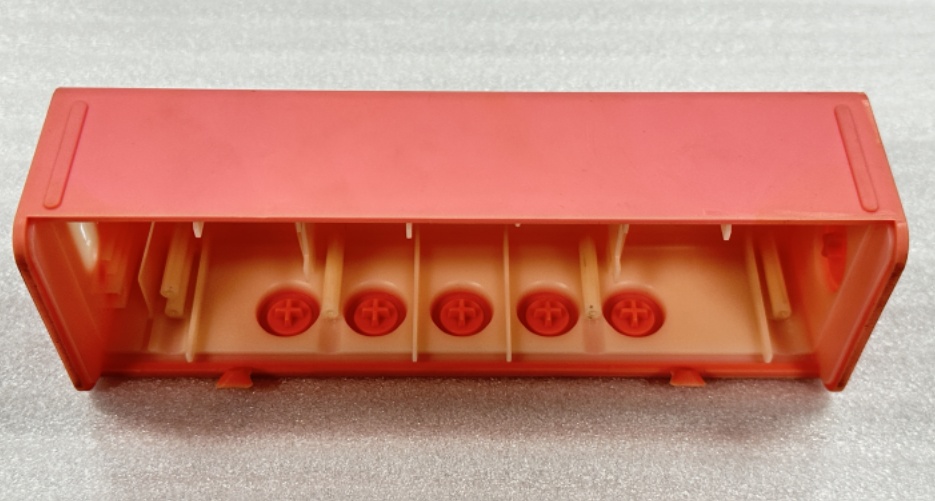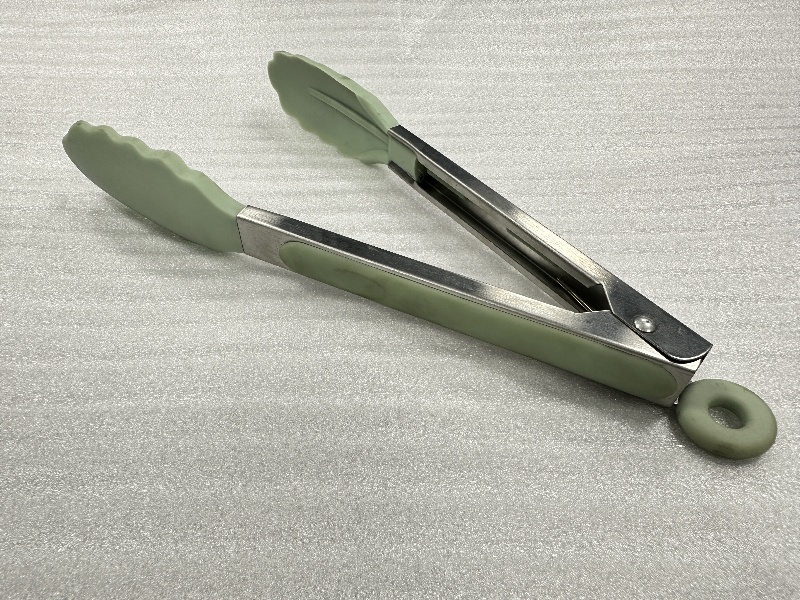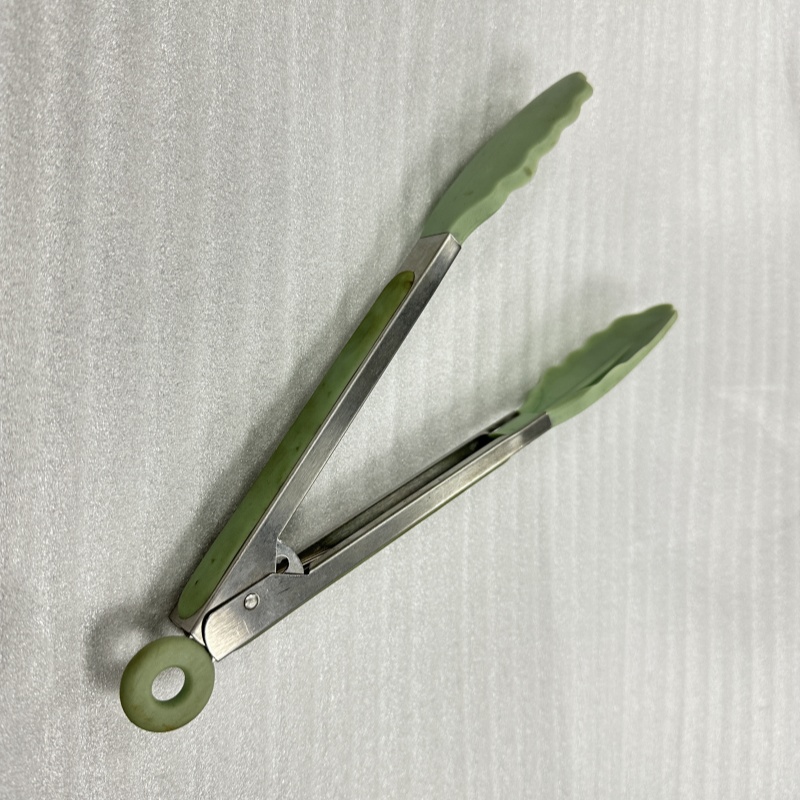There are various methods of TPU molding process: injection molding, blow molding, compression molding, extrusion molding, etc., among which injection molding is the most common.
The function of injection molding is to process TPU into the required parts, which is divided into a discontinuous process of pre-molding, injection and ejection in three stages.
There are two types of injection molding machines, plunger type and screw type, and the screw type injection molding machine is recommended because it has the ability to provide uniform speed, plasticization and melting.
TPU Material Molding Conditions
The most vital molding conditions for TPU are the temperature level, stress and time that influence the plasticizing circulation and cooling. These criteria will influence the appearance and efficiency of the TPU part. If use excellent handling conditions,the result is ought to product consistent white to beige parts.
Temperature
The temperature levels that need to be managed in the TPU molding procedure are the barrel temperature level, the nozzle temperature level and the mold temperature. The first two temperatures generally affect the plasticization and flow of TPU, and the latter temperature affects the cooling of TPU.
a. Barrel temperature level
The option of barrel temperature level is associated with the firmness of TPU. The melt temperature level of TPU with high solidity is high, so the end of machine's temperature need more high. The barrel temperature range for TPU handling is 177 ~ 232 ℃.
The circulation of the barrel temperature level is typically from the hopper side to the nozzle, gradually boosting, so that the TPU temperature level climbs gradually to accomplish the purpose of consistent plasticization.
b. Nozzle temperature
It is usually a little less than the optimum barrel temperature level to prevent melt TPU drool from nozzle in the straight-through.
If a self-locking nozzle is utilized to get rid of salivation, the nozzle temperature can be regulated within the optimum temperature level of the barrel.
c. Mold temperature
The mold temperature has a great impact on the intrinsic properties and quality of TPU products. Its Influencing factors is determined by many factors such as the crystallinity of TPU and the size of the product.
Mold temperature is normally managed by a constant temperature level cooling tool such as water, and the mold and mildew temperature level need more high for TPU with high hardness and high crystallinity. TPU items mold temperature is generally in 10 ~ 60 ℃.
If the mold and mildew temperature level is reduced, that will causes post-shrinkage of the product and changes in efficiency.
Pressure
The injection process is pressure includes plasticizing pressure (back pressure) and injection pressure.
The shot procedure is stress includes plasticizing pressure (back pressure) and shot pressure.
Enhancing the back pressure will raise the melt temperature, lower the plasticizing rate, make the melt temperature level uniform, mix the shade material uniformly, and discharge the thaw gas, yet it will certainly extend the molding cycle. The back stress of TPU is generally in 0.3 to 4 MPa.
Shot stress is the pressure related to TPU by the top of the screw, and its function is to get over the flow resistance of TPU from the barrel to the cavity, to provide the rate of melt loading, and to small the melt.
TPU flow resistance and mold and mildew filling rate is very closely pertaining to thaw viscosity, and melt viscosity is straight related to TPU hardness and melt temperature, that is, melt viscosity is not only figured out by temperature and stress, also established by TPU's solidity.
The shot pressure of TPU is normally 20 ~ 110MPa. the holding stress has to do with half of the injection stress, and the back pressure needs to be listed below 1.4 MPa to make TPU plasticized evenly.
Time
The time needed to complete a shot procedure is called the injection molding cycle.
The molding cycle includes mold and mildew filling time, holding time, cooling time and various other time (mold and mildew opening, mold launch, mold closing, and so on), which directly influences labor efficiency and devices application.
TPU injection molding cycle is typically determined by solidity, part thickness and product's requirements, TPU molding cycle is likewise connected to the mold temperature level.
Injection rate
The shot rate is generally determined by the configuration of TPU injection built items. Products with thick end face require lower shot speed, while slim end face needs faster injection rate.
Post-treatment of TPU injection molded products
TPU due to unequal plasticization in the barrel or different cooling prices in the mold cavity, frequently produce irregular formation, alignment and contraction, causing the presence of interior tension in the item, which is a lot more prominent in thick-walled products or products with metal inserts.
In storage and usage, the items with interior stress and anxiety typically struggle with mechanical property destruction, surface silvering and also deformation and splitting.
The service to these troubles in production is to harden the items. Annealing temperature level depends upon the firmness of TPU shot formed products, high firmness of the product annealing temperature is additionally higher, low solidity temperature level is likewise reduced; too expensive a temperature level might make the product warp or contortion, as well low to attain the purpose of eliminating inner stress and anxiety.
TPU annealing should be made use of for a long period of time at low temperature level, the items with reduced firmness can be placed at area temperature for numerous weeks to accomplish the most effective performance.
Annealing can be performed in the hot air stove, take note of the placement of the placement not to neighborhood getting too hot and deformation of the product. Annealing can not only get rid of the interior tension, however also boost the mechanical homes.

TPU material inlay injection molding
To meet the needs of setting up and use toughness, TPU components are installed with steel inserts. The metal insert is first positioned in a fixed setting in the injection mold and mildew and after that injected into an entire product.
TPU products with inserts are not securely adhered to TPU due to the distinction in thermal buildings and contraction rate in between steel inserts and TPU.The option to slove this problem is to preheat the steel insert, due to the fact that after preheating the insert decreases the temperature level distinction of the thaw, so that the thaw around the insert can be cooled more gradually during the shot procedure, the contraction is much more uniform, and a certain quantity of hot material contraction occurs to stop too much interior stress around the insert.
TPU inlay molding is relatively simple to get a firmer bond, the insert can be coated with adhesive, after that heated at 120 ° C and afterwards injected. Additionally, it should be kept in mind that the TPU used ought to not contain lubricant.


Reuse of TPU recycling material
In the TPU processing process, the waste materials such as main stream channel, manifold channel and unqualified products can be recycled and reused.
From the speculative results, recycled product is 100 percent not blended with new material, if the mechanical properties of the decline is not too serious, can be fully utilized, but to maintain the physical and mechanical properties and injection conditions at the best level, the recommended proportion of recycled material in 25% to 30% is good.
It should be noted that the recycled material and the new material of the same species specifications, have been contaminated or have been annealed to avoid the use of recycled material, recycled material should not be stored for too long, the best immediately granulated, dry use. The melt viscosity of the recycled material should generally be reduced, and the molding conditions should be adjusted.
Summary
This article analyzes the characteristics of TPU materials, molding conditions, as well as the molding methods, which will hopefully help your TPU material project.
The article mentions TPU overmolding and TPU insert molding processes, which require high experience of injection mold suppliers and injection molding product suppliers.
If you have a project involving these two processes, it is recommended to confirm that the injection mold factory and injection molding product factory have experience in making similar products to ensure the smooth implementation of the project.
IF you need any help please contact us!
Post time: Apr-23-2024
